Sorry, nothing in cart.
Acute Pain Causes, Symptoms, Diagnosis & Treatment
- By admin
- |
- General Blog
- |
Acute pain comes suddenly from a specific cause. Acute pain typically feels intense and lasts no more than six months. It ends when there is no longer an underlying cause for the pain.
Understanding different kinds of pain can help you effectively convey the signs to your doctor, making it easier to identify its cause and the right treatment for you. Severe Acute pain is commonly more painful before gradually reducing.
What causes Acute pain?
Broken bones:
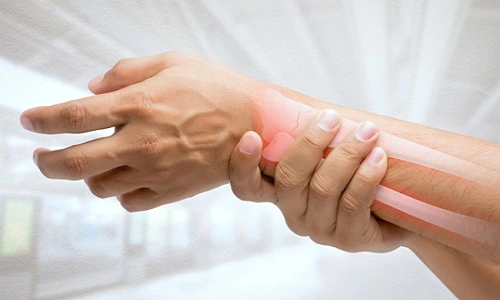
Sharp, stabbing pain that worsens as you move or apply pressure to the bone are some of the signs of a cracked bone (fracture). When you put weight on the injury, rub it, pressure on it, or move it, you may experience increased pain.
Surgery:

It is common to feel pain after surgery. The pain feeling gets better in a few days. It may not go away completely for weeks or months, depending on the surgery. If you have sudden, spreading pain that doesn’t get better, tell your doctor and get treatment.
Dental work:

Pain after dental work. Common causes include poor procedure, pre-existing inflammation, very large cavities, and irritation of the TMD (TMJ pain).
Dental work-up pain includes:
- Jaw pain
- Headache
- Teeth pain
- Pain in the gums
- Ear ache
Labor and delivery:

Pain during labor can be caused by contraction of the muscles of the uterus and pressure on the cervix. This pain is felt along with sharp cramps in the abdomen, waist, and back. Some women also have pain in their arms or thighs.
Cuts:
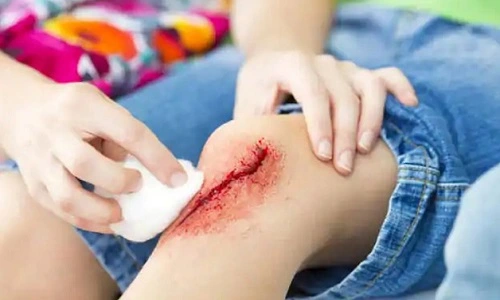
Cuts often happen by a knife or a sharp object such as a sheet of paper or a piece of glass.
A laceration is a deep cut in the skin that usually has jagged edges. Grazes (also known as abrasions) are superficial (surface) injuries where the top skin layer is damaged by friction and causes intense pain.
Burns:
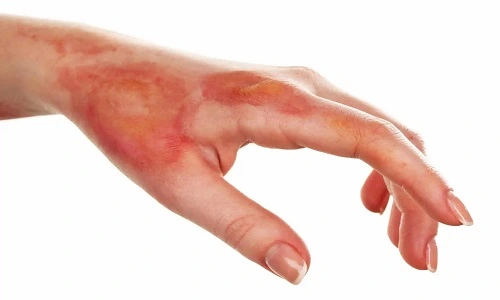
All burn injuries cause pain. First-degree or highly basic partial-thickness burns can only affect the skin’s outer layers (epidermis), causing minimal pain and discomfort. Especially when something like clothing rubs against the burned area.
A first-degree burn only affects the skin’s surface layer. They induce unease, redness, and swelling.
Second-degree burns injury the skin’s outer and inner layers. This might result in pain, redness, swelling, and burning.
Edema:
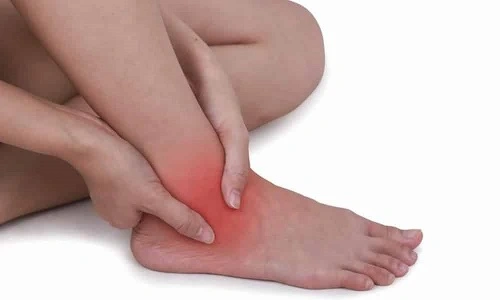
This swelling, called edema, is the result of too much fluid in the tissues. Congestive heart failure or venous insufficiency, also called venous insufficiency, is often the cause. Symptoms of edema include: Swelling or puffiness of the tissue just below the skin, especially in the legs or arms.
Symptoms of acute pain:
Sharp pain:
When you feel a sudden, sharp increase of pain that is referred to as a “sharp.” The sharp pain descriptor can also be in cutting and shooting. Stabbing: Like a sharp pain, stabbing pain occurs suddenly and intensely. However, the stabbing pain may subside and recur at times.
Throbbing:
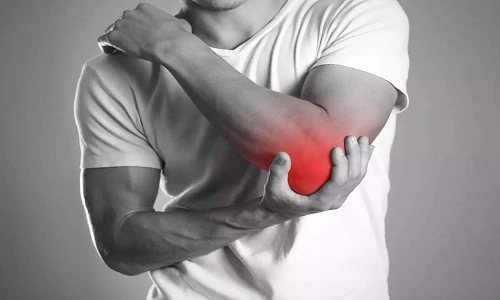
A throbbing pain feels like a sharp pain. This pain is often caused by an external injury. For example, if you bump your elbow, stub your toe, twist your ankle, or fall and scrape your knee, you may experience throbbing pain. The Pain signals keep your body alert, letting you know that an injury has occurred and needs care.
Burning:
A burning sensation can be caused by a number of possible health conditions, including nerve damage, injury, or infection. If you cannot determine a clear cause for your burning pain then the best option is to see a doctor as soon as possible.
Stabbing Pain:
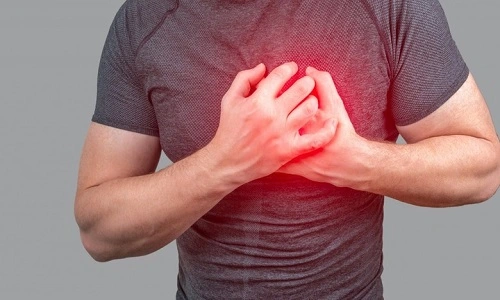
Stabbing pain is a particular type of pain that often feels like a shooting, stabbing, or burning sensation. It can be caused by damage or injury either to the nerves that send messages to your brain to signal pain or to the brain itself. these shooting pain symptoms are harmless. These are just signs of an active stress response and over-stimulation.
Tingling:
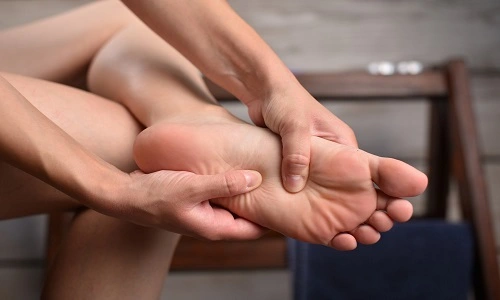
A feeling of tingling is a condition known as paresthesia. This is a sign that a nerve is irritated and is sending extra signals. That pins and needles can feel like a traffic jam in your nervous system.
Weakness:
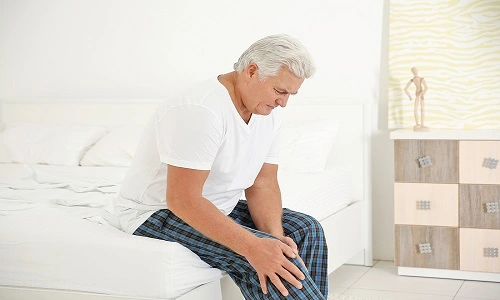
Weakness means that you feel weak in most parts of your body. The weakness may affect just one muscle or a group of muscles. You feel weak and tired after doing a lot of activity, such as taking an extra-long hike. This is not a serious problem.
Numbness:
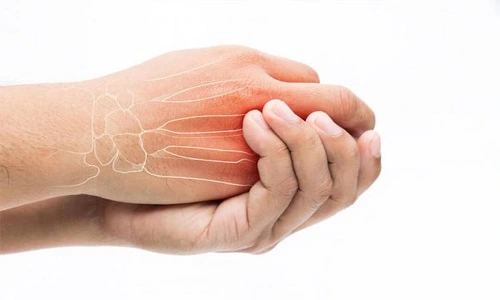
Numbness is known as a loss of sensation in a specific body location. It is also frequently used to describe other sensation alterations, such as a scorching or pins-and-needles sensation. Numbness may occur along a nerve on one side of the body or on both sides of the body.
Acute Pain Diagnosis and Treatment
Pain is an unpleasant feeling and sensation caused by potential tissue injury. Acute pain is a painful medical condition to diagnose and manage. It can be induced by a variety of incidents or conditions. Symptoms might endure for hours, days, or weeks and are often associated with tissue injury, inflammation, a surgical operation, childbirth, or a short disease phase. Other types of pain include chronic pain that lasts a long time, neuropathic (pain caused by nerve damage), psychogenic (pain that is not caused by visible signs of sickness or injury), and cancer-related (effects of malignant disease on the body).
Diagnosing the cause of pain
Your doctor may ask about your symptoms as well as the details of your sickness, accident, or surgery. You may be asked to complete a survey to determine the severity and location of your discomfort. The Wong-Baker FACES discomfort Rating Scale (shown below) may assist young patients in determining the level of their pain.
The presence of ongoing sadness, anxiety, and substance abuse must be identified.
- Blood tests are examples of further diagnostic tests.
- Imaging examinations (x-ray, CT, MRI, nuclear scans, ultrasound)
- Dye-injection procedures such as a diskogram or myelogram to identify places of spinal nerve compression
- Nerve conduction and electrical nerve testing to detect nerve problems.
What is the treatment of Acute pain?
Acute pain treatment may include some of the following:
Apply heat or ice:
Heat increases the flow of blood and nutrients to certain parts of the body. It is frequently used to relieve morning stiffness or to warm up muscles before exercising. Cold reduces swelling and pain by slowing blood flow. It’s generally best for acute pain, such as a sprain or strain.
Physical therapy:
Physical treatment for pain relief on knowing that all factors in the body interact with one another. When a nerve is pinched, it might be caused by muscle or fascia compression. Reducing the strain and restoring fluid mobility will aid in pain relief. It also works for many kinds of pain.
Stress reduction:
Stress can even contribute to pain. If you find yourself in chronic pain, consider taking action to reduce the stress in your life. Reducing stress is an important part of any pain management plan.
Opioid medications (Tapentadol)
Prescription Opioids (Tapentadol) are powerful pain-reducing medications that include oxycodone, hydrocodone, and morphine, among others, and have both benefits as well as potentially serious risks.
Muscle relaxant medications (Carisoprodol)
When Carisoprodol muscle relaxant tablet are consumed correctly can give effective severe pain relief. You should avoid drinking alcohol and operating heavy machinery while taking medicines until you know how your body will react.
Which medication treatment is easy and effective for acute Pain Treatment?
Two Medicines are Mostly Prescribed by a doctor for Acute pain treatment Following:
Opioid Analgesic (Tapentadol)
Tapentadol is an opioid pain reliever that can only be obtained through a doctor’s prescription. Tapentadol is used to treat acute and chronic pain when other pain medications have ineffective or are no longer available.
Opioid tapentadol Tablet is a centrally-acting analgesic with established efficacy in acute pain, chronic pain, neuropathic pain, and pain with an inflammatory origin.
Mostly Prescribed Tapentadol Opioids medicines include:
Does Tapentadol treat Neuropathic Pain?
Tapentadol has proved to be effective in relieving Neuropathic Pain in diabetic peripheral neuropathy and in chronic low back pain.
Carisoprodol (Muscle relaxant)
Carisoprodol indications include the relief of discomfort associated with acute, painful musculoskeletal conditions. This medication is recommended to be used together with rest, physical therapy, and other measures to relax muscles after strains, sprains, and muscle injuries.
It is a centrally-acting muscle relaxant. Carisoprodol is a muscle relaxer that blocks pain sensations between the nerves and the brain. Soma is used together with rest and physical therapy to treat skeletal muscle conditions such as pain or injury.
Popular Doctor’s Recommended Carisoprodol Medicines:
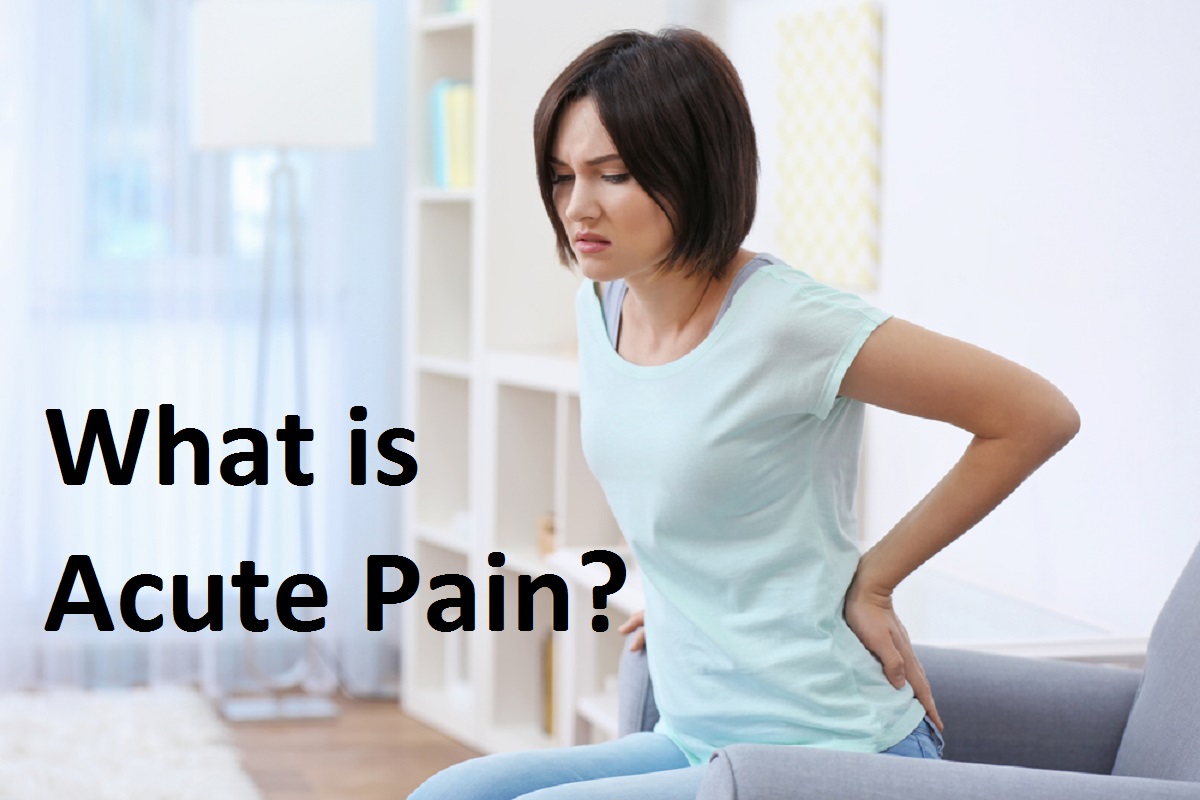
Leave a Reply